Gas Turbine Jet Engine
Categories: Engineering Lab EquipmentJet engines are gas turbines which generate thrust. Jet engines are used on aircraft for propulsion due to their low weight and high performance. The trainer investigates the behaviour during operatio...
Product
Description
Jet engines are gas turbines which generate thrust. Jet engines are used on aircraft for propulsion due to their low weight and high performance. The trainer investigates the behaviour during operation of a jet engine. It includes the following components: jet engine (with compressor, annular combustion chamber, turbine, and propelling nozzle), fuel system, starter and ignition system, and measurement and control equipment. The gas turbine works as an open cyclic process, with the ambient air being drawn out and fed back in. In the jet engine, the ambient air drawn in is first brought to a higher pressure in the single-stage radial compressor. In the downstream combustion chamber, fuel is added to the compressed air and the resulting mixture is ignited. The temperature and flow velocity of the gas increase. The gas flows out of the combustion chamber into the single-stage axial turbine and discharges a portion of its energy to the turbine. This turbine drives the compressor. In the propelling nozzle, the partially expanded and cooled gas expands to ambient atmospheric pressure and the gas accelerates to almost the speed of sound. The high-speed gas outflow generates the thrust. In order to reduce the outlet temperature, the exhaust gas stream is mixed with the ambient air in a mixing pipe. The gas turbine is started fully automatically with the aid of an electric starter.
Learning Objectives/Experiments
Behaviour during operation of a jet engine including start-up procedure
Determination of the specific thrust
Determination of the specific fuel consumption
Determination of lambda (fuel-air ratio)
Features
Gas turbine, operated as jet engine
Open gas turbine process
Specification
Experiments relating to the function and behaviour during operation of a jet engine
Gas turbine with radial compressor and axial turbine as jet engine
Single-shaft engine
Protective grating for the jet engine
Turbine mounted on moving base with force sensor for thrust measurement
Electric starter for fully automatic start-up
Additional remote control for display and control of the jet engine
Technical Data
Jet engine
max. thrust: 82N at 117000min-1
speed range 35000…117000min-1
fuel consumption: max. 22L/h (full load)
exhaust gas temperature: 610°C
sound level at 1m distance: max. 130dB(A)
Fuel: kerosene or petroleum + turbine oil
Starting system: electric starter
1 tank for fuel: 5L
Measuring ranges
differential pressure: 0…150mbar
pressure: 0…2,5bar (combustion chamber)
temperature: 2x 0…1200°C / 1x 0…400°C
speed: 0…120000min-1
consumption: 0…25L/h (fuel)
force: 0…+/-200N
230V, 50Hz, 1 phase
230V, 60Hz, 1 phase
120V, 60Hz, 1 phase
UL/CSA optional
LxWxH: 1230x800x1330mm
Weight: approx. 112kg
quick overview :
Jet engines are gas turbines which generate thrust. Jet engines are used on aircraft for propulsion due to their low weight and high performance. The trainer investigates the behaviour during operation of a jet engine. It includes the following components: jet engine (with compressor, annular combustion chamber, turbine, and propelling nozzle), fuel system, starter and ignition system, and measurement and control equipment. The gas turbine works as an open cyclic process, with the ambient air being drawn out and fed back in. In the jet engine, the ambient air drawn in is first brought to a higher pressure in the single-stage radial compressor. In the downstream combustion chamber, fuel is added to the compressed air and the resulting mixture is ignited. The temperature and flow velocity of the gas increase. The gas flows out of the combustion chamber into the single-stage axial turbine and discharges a portion of its energy to the turbine. This turbine drives the compressor. In the propelling nozzle, the partially expanded and cooled gas expands to ambient atmospheric pressure and the gas accelerates to almost the speed of sound. The high-speed gas outflow generates the thrust. In order to reduce the outlet temperature, the exhaust gas stream is mixed with the ambient air in a mixing pipe. The gas turbine is started fully automatically with the aid of an electric starter.
Learning Objectives/Experiments
Behaviour during operation of a jet engine including start-up procedure
Determination of the specific thrust
Determination of the specific fuel consumption
Determination of lambda (fuel-air ratio)
Features
Gas turbine, operated as jet engine
Open gas turbine process
Specification
Experiments relating to the function and behaviour during operation of a jet engine
Gas turbine with radial compressor and axial turbine as jet engine
Single-shaft engine
Protective grating for the jet engine
Turbine mounted on moving base with force sensor for thrust measurement
Electric starter for fully automatic start-up
Additional remote control for display and control of the jet engine
Technical Data
Jet engine
max. thrust: 82N at 117000min-1
speed range 35000…117000min-1
fuel consumption: max. 22L/h (full load)
exhaust gas temperature: 610°C
sound level at 1m distance: max. 130dB(A)
Fuel: kerosene or petroleum + turbine oil
Starting system: electric starter
1 tank for fuel: 5L
Measuring ranges
differential pressure: 0…150mbar
pressure: 0…2,5bar (combustion chamber)
temperature: 2x 0…1200°C / 1x 0…400°C
speed: 0…120000min-1
consumption: 0…25L/h (fuel)
force: 0…+/-200N
230V, 50Hz, 1 phase
230V, 60Hz, 1 phase
120V, 60Hz, 1 phase
UL/CSA optional
LxWxH: 1230x800x1330mm
Weight: approx. 112kg
Product
Reviews
add Review
reviews
No Review Yet.
Copyrights © 2025 All Rights Reserved by Atico

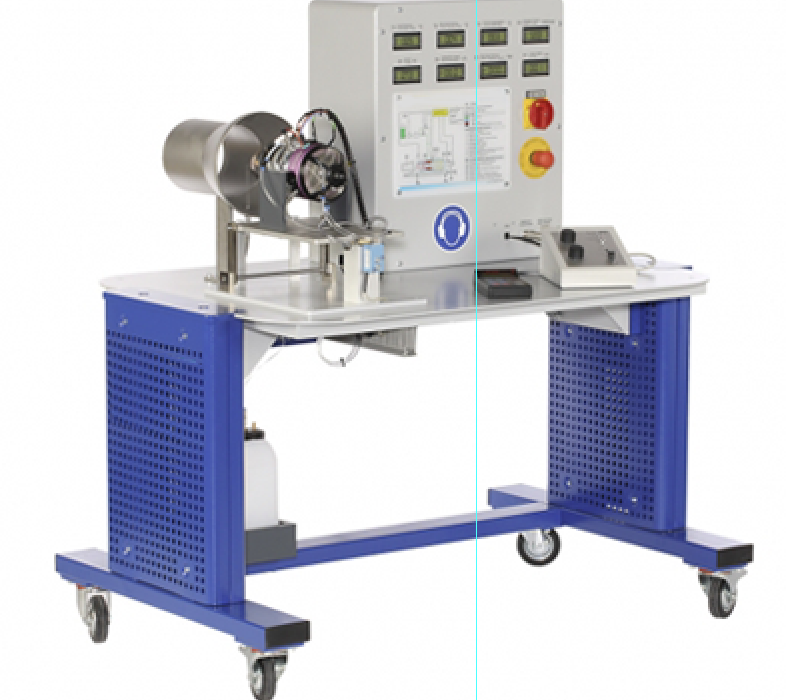




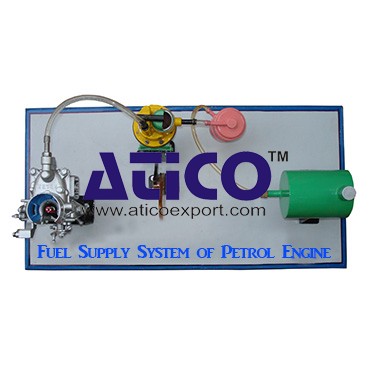

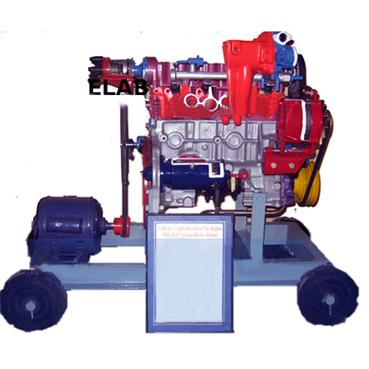
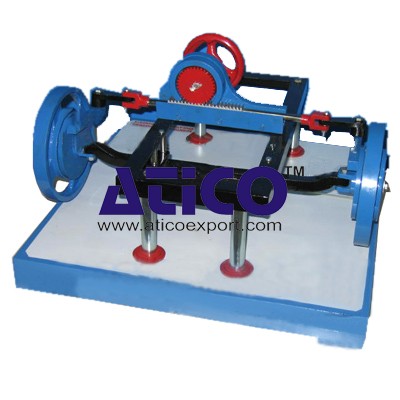


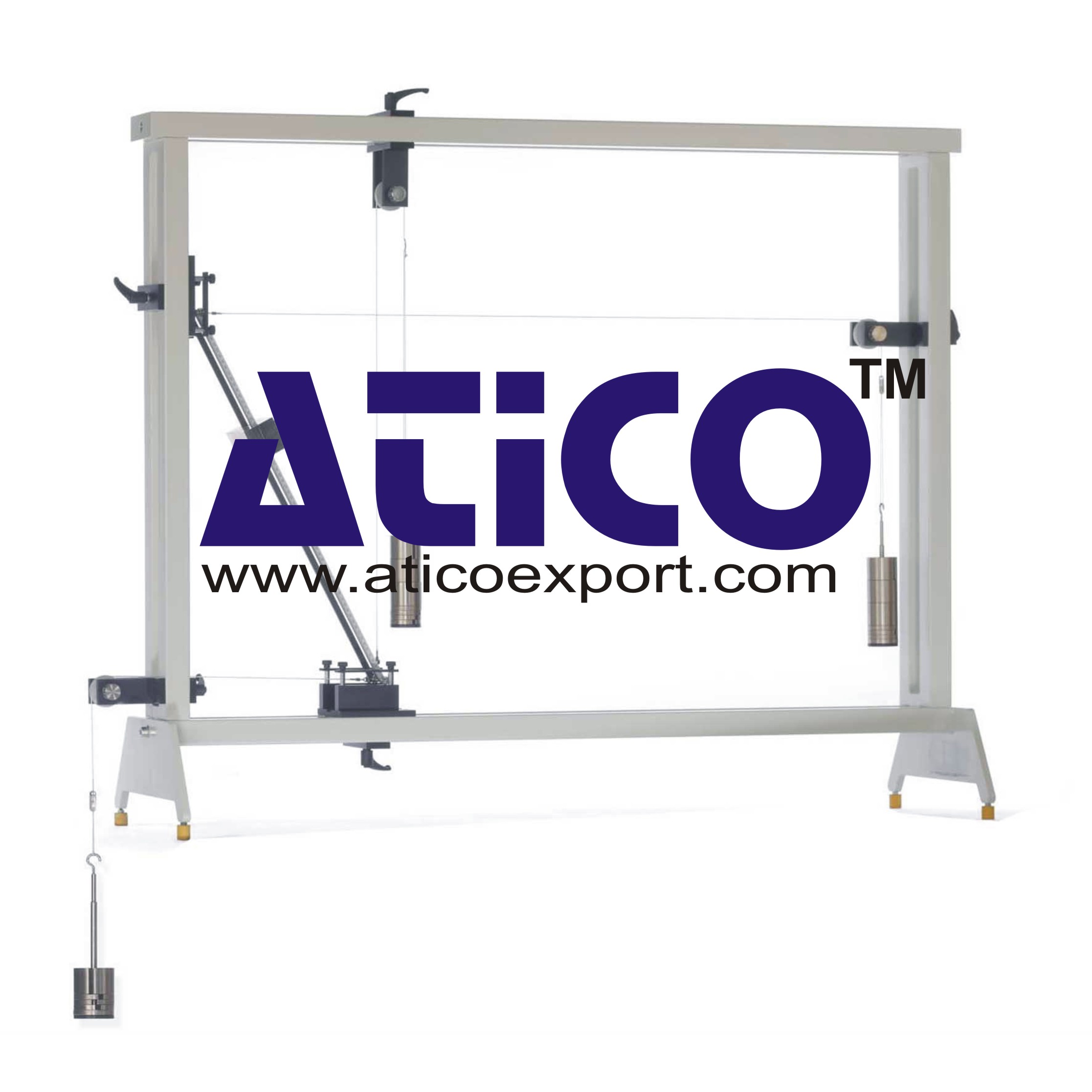
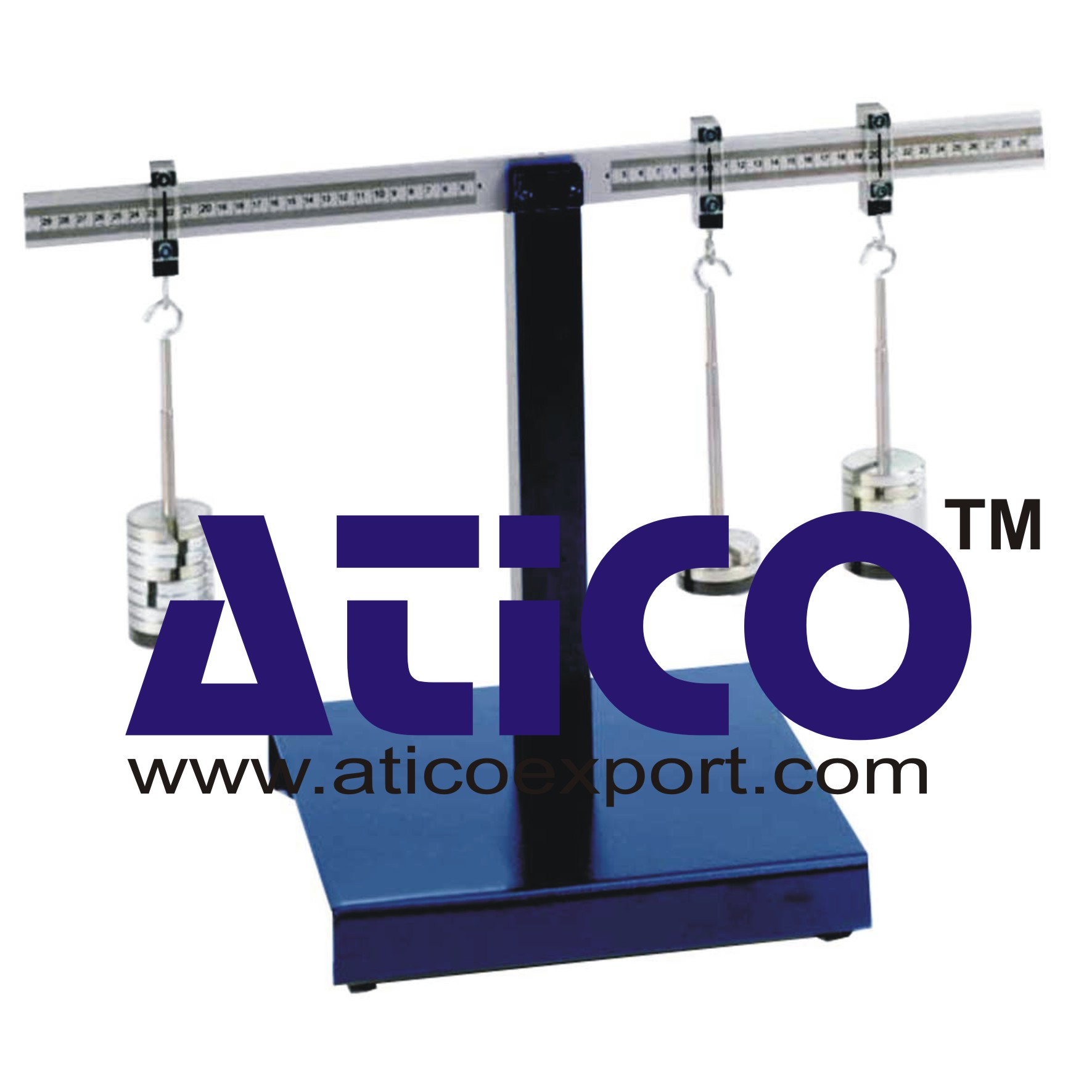
Product
Reviews
add Review
reviews
No Review Yet.